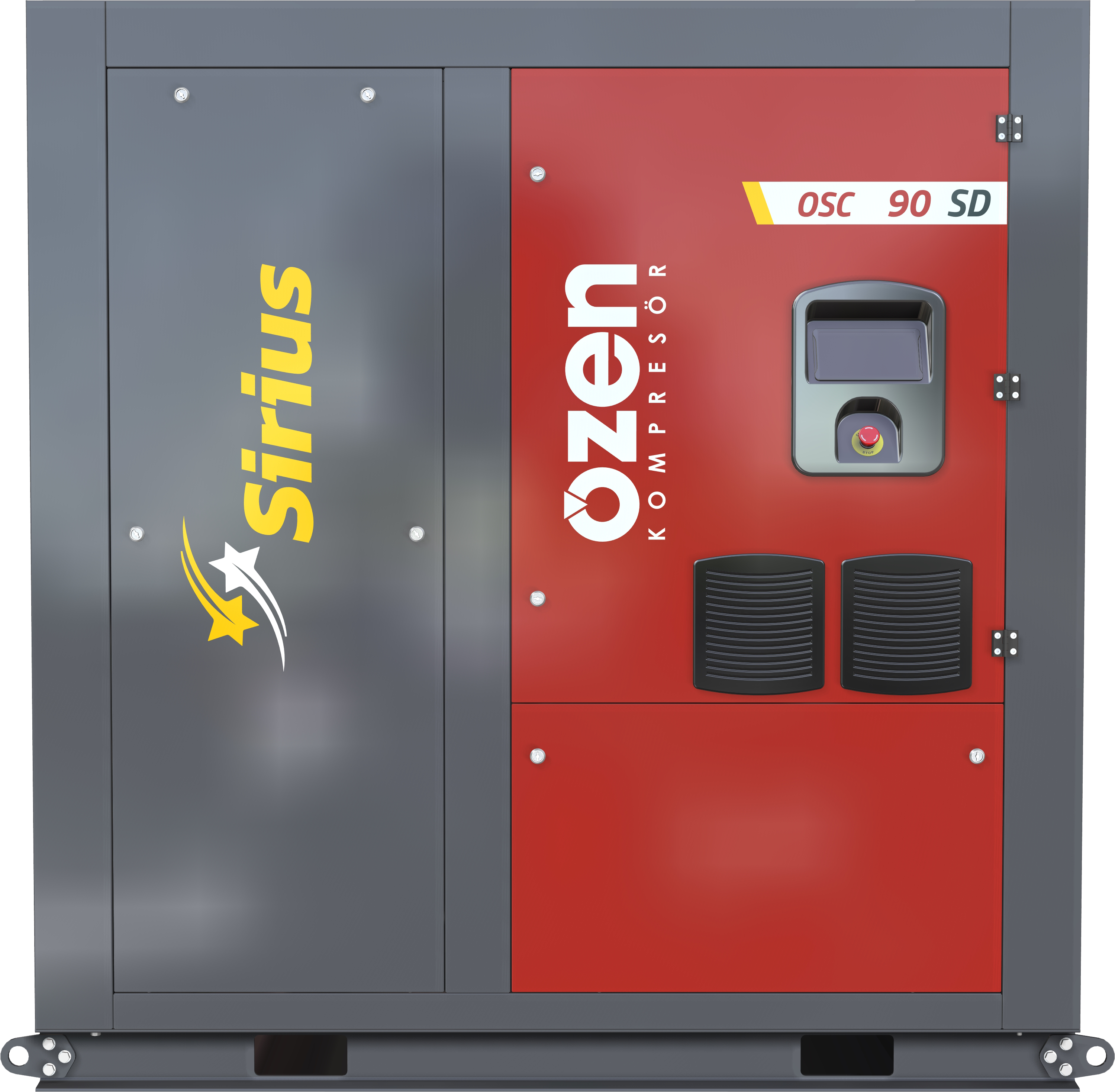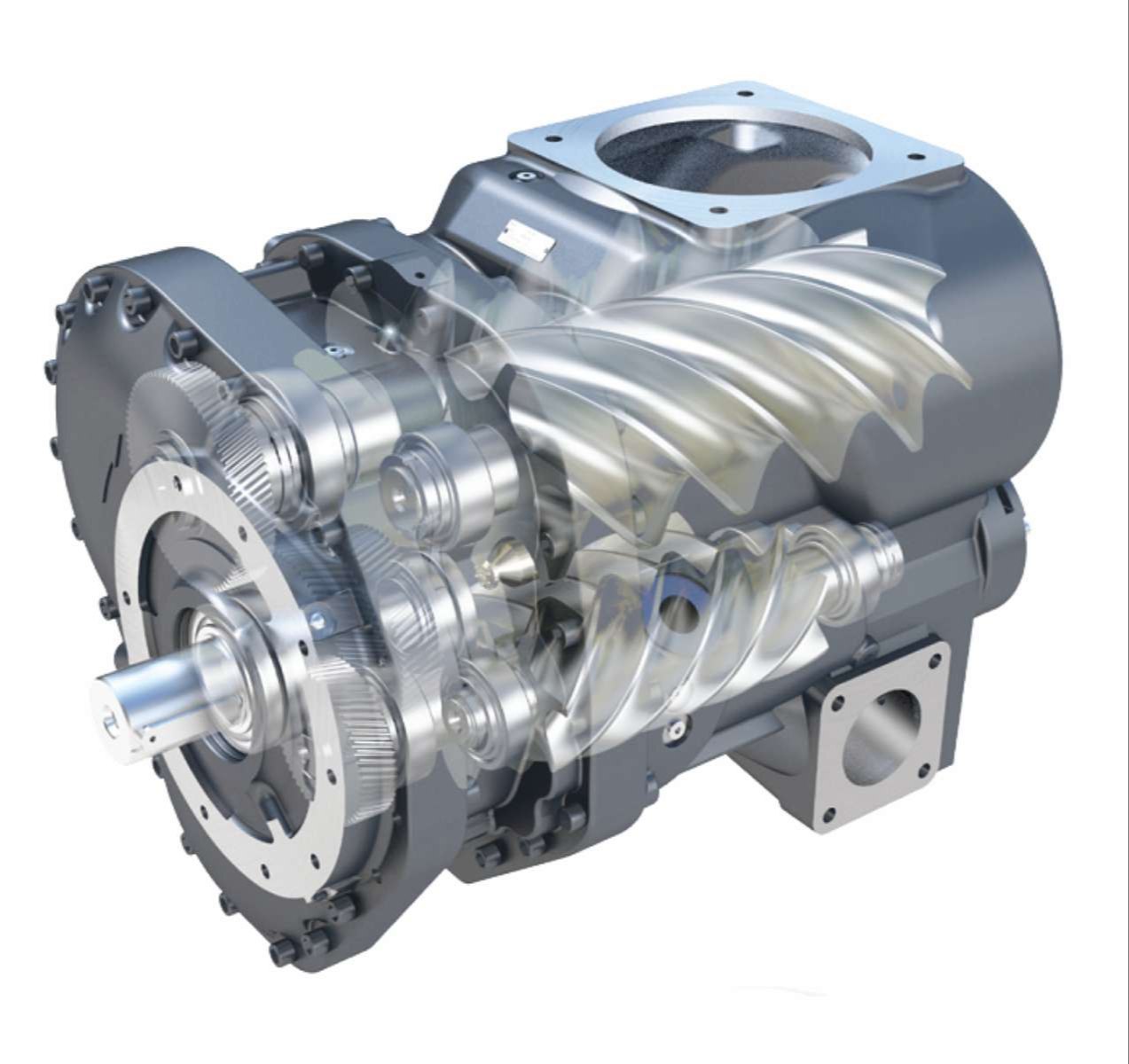Advantages of Two-Stage Compressors
5 October 2024, Saturday

Two-stage air compressors offer a more efficient operation compared to single-stage models. It first draws in air using a larger piston and compresses it at a lower pressure. What sets two-stage compressors apart is the additional step that follows the initial compression. Rather than delivering the compressed air straight to a storage tank, it is drawn into a second cylinder for additional compression. The air is delivered to the storage tank only after the second compression.
The first stage of a two-stage compressor involves the initial intake and compression of air, while the second stage further compresses the air to the desired pressure. This two-stage process is more efficient than single-stage compression than conventional compressors, as it ensures a slower and more controlled increase in pressure. Two-stage compressors, by distributing compression across two stages, can reach higher overall compression levels without overloading the system or consuming excessive energy.
One of the major differences between single-stage and two-stage compressors is their intended uses: Single-stage compressors are built for continuous use, whereas two-stage compressors are built for continuous operation.
So, you need to decide based on your needs. For your larger or continuous applications with higher air power requirements, a two-stage air compressor will be a more reliable and efficient choice.
The biggest advantage of two-stage compressors is their ability to perform air compression in two stages. This two-stage process offers higher pressure, together with increased power output and improved efficiency.
Two-stage compressors are renowned for their durability and reliability. They easily adapt to continuous use and challenging conditions, ensuring consistent productivity and minimizing downtime. Their durable construction and precise engineering make them a valuable long-term investment with significant benefits.
Increased Efficiency and Energy Saving
One of the key advantages of two-stage compressors is their increased efficiency and energy-saving rates. The two-stage compression technology used in these compressors enhances energy efficiency, delivering higher output for each unit of power consumed. This reduces energy consumption for enterprises and ensures significant cost savings while maintaining the necessary compressed air output.
Another key advantage of two-stage compressors is their ability to provide higher pressure and greater output. Two-stage compression makes these compressors reach higher pressure levels, leading to increased air volume and pressure delivery. This increased output is particularly advantageous for applications that require high-pressure compressed air, such as industrial manufacturing, construction equipment, and specific pneumatic equipment. Two-stage compressors provide higher volumes of compressed air per unit of time, increase efficiency, minimize downtime, and enable enterprises to manage larger operations more effectively.
The high efficiency of two-stage compressors can deliver substantial cost savings for enterprises. Compressors can greatly lower operating costs by reducing the energy needed to produce the same volume of compressed air. This is especially good for industries such as manufacturing, construction, and mining, where energy costs constitute a significant portion of overall operational expenses Energy savings from two-stage compressors can directly enhance profitability of enterprises, enabling them to redirect these savings into other areas for growth and reinvestment.
Higher Pressure and Output
Another significant advantage of two-stage compressors is their ability to generate higher pressure and output capacity compared to single-stage models. The two-stage compression process enables these compressors to achieve higher pressures, allowing them to deliver greater volumes of air and higher pressure.
Comparison with Single-Stage Compressors
The benefits of two-stage compressors are more evident when compared to single-stage models. Although both types of compressors deliver compressed air, the unique design and features of two-stage compressors result in notable differences in efficiency, power output, and overall performance..
A key difference lies in the compression process. Single-stage compressors achieve the desired pressure with a single compression stage, which can be less efficient and consume more energy. In contrast, two-stage compressors use a two-stage compression process that increases pressure more gradually and with better control. This results in higher overall compression and more efficient energy use, leading to substantial cost savings for businesses.

Another key difference lies in pressure and output. Single-stage compressors often have limited capacity for generating high-pressure air due to the constraints of a single compression stage.. On the other hand, two-stage compressors can achieve much higher pressure levels thanks to their two-stage compression. This high-pressure and output power is crucial for applications that require high-pressure compressed air, such as industrial manufacturing, construction equipment, and specific pneumatic equipment.
